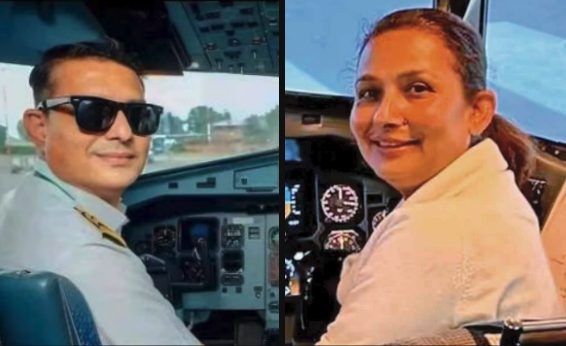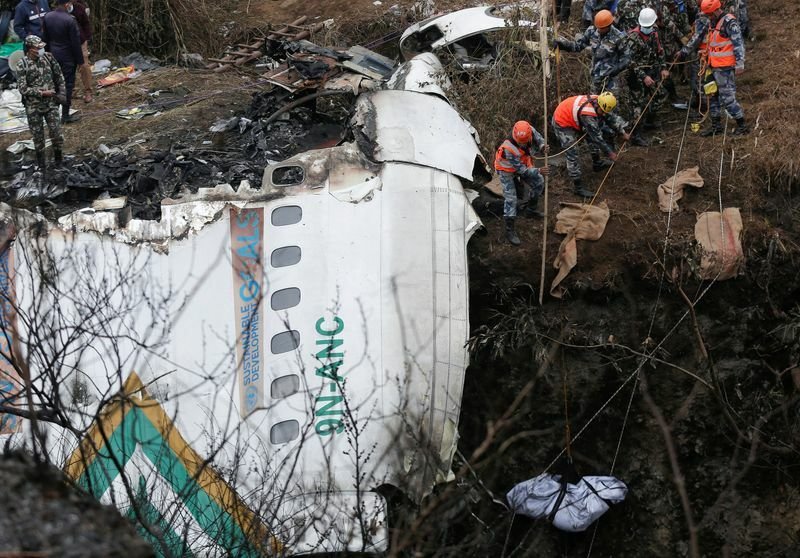It has been revealed that the co-pilot of the tragic airplane that crashed in Nepal on Sunday had lost her husband in a plane crash sixteen years prior.
In the nation’s worst aviation catastrophe in 30 years, Anju Khatiwada was co-piloting Yeti Airlines flight 691 when it crashed into a gorge not far from the tourist destination of Pokhara, killing everyone on board.
The loss of her husband Dipak Pokhrel, who was also a co-pilot on a Yeti Airlines flight, inspired Anju to pursue a career in aviation.

Anju was devastated by her loss and was left alone with their little child. Her sadness served as her driving force.
Santosh Sharma, a relative, said, “She was a determined woman who stuck for her aspirations and realized the dreams of her husband.”
When the Twin Otter prop plane crashed and caught fire in June 2006, killing all nine people on board, Dipak was in the cockpit. The jet was delivering rice and supplies to the western village of Jumla.
Anju overcame numerous challenges to train in the US and was on the road to becoming a pilot four years later. She joined Yeti Airlines after being qualified.
Anju was a pioneer and one of just six female pilots hired by the airline. She had flown for around 6,400 hours.
She had completed solo flights and was a full captain at the airline, according to Sudarshan Bartaula of Yeti Airlines. She exhibited courage.
Later, as she proceeded to advance her career, Anju remarried and gave birth to a second child. She was a joy to be around, according to her friends and family, and she loved her profession. It is a tragedy inside a tragedy because she and her first husband perished in the same manner.
Parts of the aircraft that Anju was co-piloting lay strewn across the banks of the River Seti at the accident scene in Pokhara, like the broken pieces of a toy. The green and yellow of Yeti Airlines could still be seen through the intact windows of the small portion of the airplane that was resting on the canyon.
Air crash footage in Nepal #planecrash #NepalPlaneCrash #AirCrash #NepalPlaneCrashVideo #Nepal pic.twitter.com/Y3LBihGSSR
— Nafees Ur Rehman ➐ (@ftnafees) January 16, 2023
The catastrophe this week has rekindled debates over airline safety in the Himalayan country, where hundreds have perished in previous years in aviation crashes.
The poor safety record of Nepal’s airlines has been attributed to a number of issues over the years. The difficulty of navigating the mountainous terrain and the frequently erratic weather are frequently cited as causes. Others, however, emphasize that antiquated planes, loose laws, and inadequate oversight are equally significant issues.

What precipitated the crash on Sunday is yet unknown.





